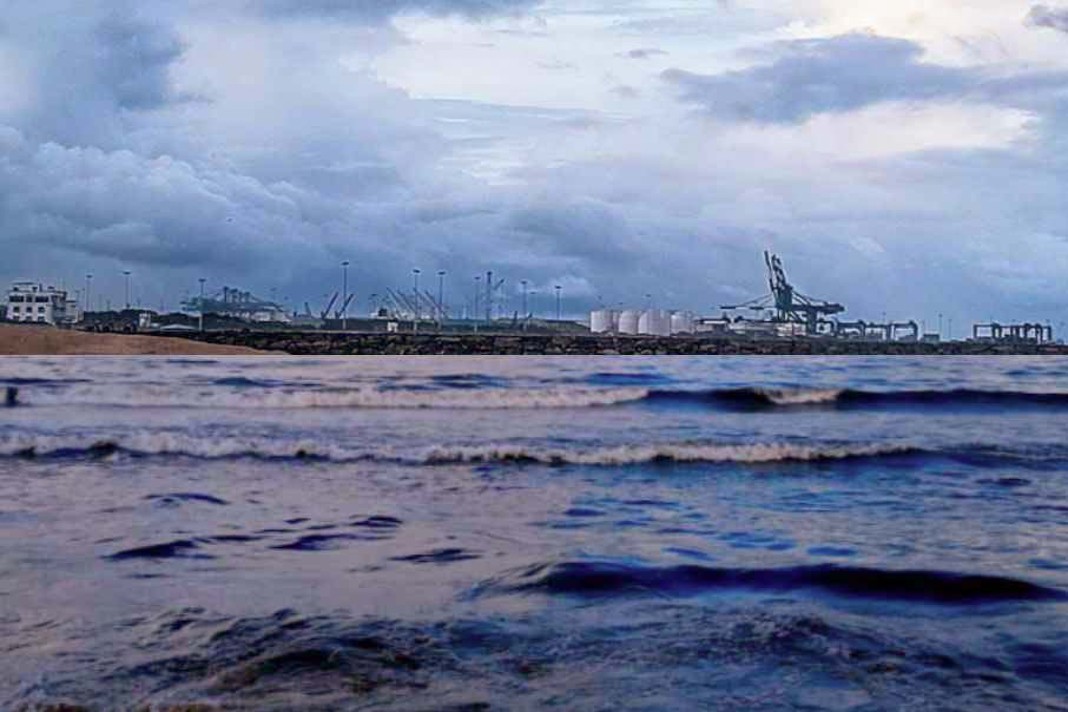 Industry coalition SEA-LNG is highlighting the strong growth in LNG-fueled vessels in the world fleet as well as the continuing investment in the new sector from leading shipping companies. The trade group which was launched eight years ago continues to promote LNG as a realistic alternative marine fuel pathway while also saying that engineering efforts are making strong progress on the environmental concerns associated with methane, reports maritime executive .
Industry coalition SEA-LNG is highlighting the strong growth in LNG-fueled vessels in the world fleet as well as the continuing investment in the new sector from leading shipping companies. The trade group which was launched eight years ago continues to promote LNG as a realistic alternative marine fuel pathway while also saying that engineering efforts are making strong progress on the environmental concerns associated with methane, reports maritime executive .
Global shipping fleet
Citing data from DNV, SEA-LNG highlights that LNG-fueled vessels now account for more than two percent of the global shipping fleet and once the current orderbook is delivered it will double to four percent. Calculated based on deadweight tonnage (DWT) they report the LNG fleet is on track to represent six percent of the global fleet.
One of the strongest growth segments is LNG carriers, where there are 772 in operation and a further 341 were on order as of the end of 2023. Strong global demand for LNG and the planned growth of exports from the United States and Qatar’s massive production expansion are driving the orders of new carriers. Included in this, are orders linked to Qatar for the world’s largest LNG carriers.
Supporting the expansion in LNG dual-fuel vessels, LNG bunkers are currently available in 185 ports, with an additional 50 being added next year, reports SEA-LNG. The bunkering vessel fleet they note has increased from a single vessel in 2010 to 60 in operation today, with a further 13 on order.
Critics however point to methane emissions which environmentalists report are far more harmful to the environment than carbon emissions because they take long to dissipate. SEA-LNG however argues that LNG has virtually zero SOx and particulate matter emissions, and provides up to a 95 percent reduction of NOx emissions, and up to a 23 percent reduction in GHG emissions.
Infrastructure
SEA-LNG points out that the current infrastructure will also support the transition to liquefied biomethane (bio-LNG) as it scales, and eventually, e-methane (renewable synthetic or e-LNG), providing ship owners and operators with the confidence that vessels ordered today are future-proofed for 2050 and beyond. They believe the development of these future fuels produced from the anaerobic digestion of waste materials, such as manure, provides a long-term pathway and a solution toward capturing additional methane that would otherwise be released into the atmosphere.
Did you Subscribe to our daily newsletter?
It’s Free Click here to Subscribe!
Source: Maritime executive

























